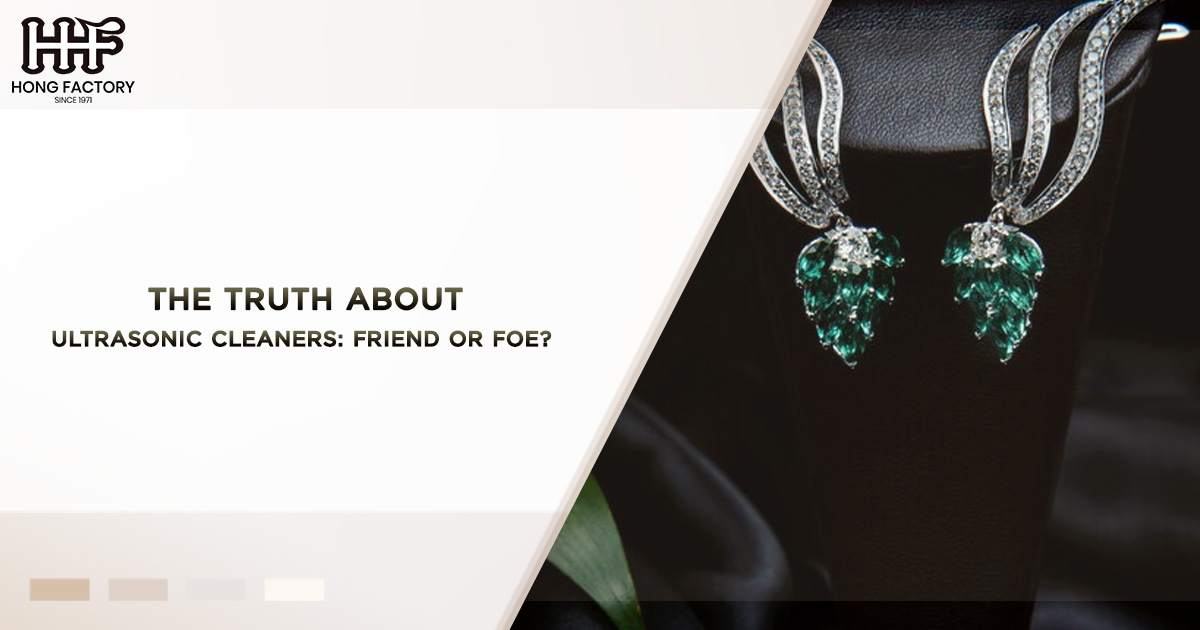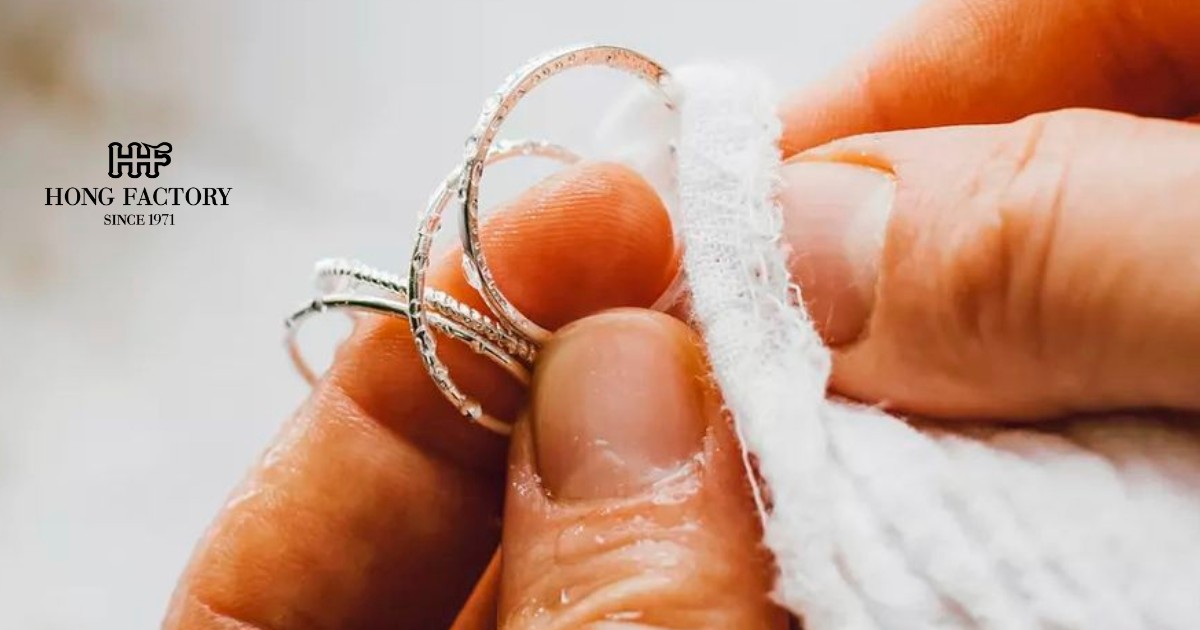Ultrasonic cleaners have gained popularity as a quick and efficient method for cleaning delicate items, from jewelry to medical instruments. But are they the perfect solution for your cleaning needs, or do they have hidden risks? In this article, we’ll dive deep into ultrasonic cleaners, exploring how they work, their pros and cons, safety guidelines to ensure proper use, and alternatives to consider. Whether you’re seeking safe cleaning methods for valuables or professional cleaning solutions, understanding ultrasonic cleaning is key to making an informed decision.
How Ultrasonic Cleaners Work
Ultrasonic cleaners are marvels of modern technology, designed to clean intricate and delicate items without the need for harsh scrubbing or chemicals. But how exactly do these devices work, and why are they so effective?
The Science Behind Ultrasonic Cleaning
Ultrasonic cleaners use high-frequency sound waves, typically between 20 to 40 kHz, to create microscopic bubbles in a cleaning solution. This process is known as cavitation. When the bubbles collapse or burst, they generate tiny but powerful shockwaves that dislodge dirt, grime, and other contaminants from the surface of objects.
The cleaning solution, usually water mixed with a mild detergent or a specialized cleaning agent, enhances the cavitation process. The small bubbles can reach into the tiniest crevices, making ultrasonic cleaning ideal for items with intricate designs, such as jewelry cleaning, watches, and eyeglasses.
What Makes Ultrasonic Cleaning Unique?

The unique selling point of ultrasonic cleaners is their ability to clean thoroughly without damaging delicate surfaces. Traditional cleaning methods often rely on manual scrubbing or chemicals, which can be abrasive or cause wear over time. Ultrasonic cleaning, on the other hand, is both gentle and effective, making it a preferred choice for professional cleaning in various industries, including healthcare, automotive, and electronics.
Pros and Cons of Ultrasonic Cleaners
While ultrasonic cleaners offer impressive cleaning capabilities, they are not without their drawbacks. Let’s break down the advantages and disadvantages to determine whether they are a friend or foe for your cleaning needs.
Pros of Ultrasonic Cleaners
- Thorough Cleaning
Ultrasonic cleaners excel at removing dirt, grease, and even microscopic particles from hard-to-reach areas that manual cleaning methods cannot address. This is particularly important for jewelry cleaning, where intricate designs and small crevices are common.
- Time Efficiency
Cleaning with ultrasonic devices is fast, typically taking only a few minutes to complete. This makes them a time-saving option compared to traditional cleaning methods.
- Gentle on Delicate Items
Ultrasonic cleaning is non-abrasive, meaning it won’t scratch or damage delicate materials like gemstones, metals, or electronic components.
- Eco-Friendly
Many ultrasonic cleaners use water-based solutions or mild detergents, reducing the need for harsh chemicals and making them an environmentally friendly choice for safe cleaning.
- Versatility
From jewelry and dental tools to engine parts and circuit boards, ultrasonic cleaners can handle a wide range of items, making them a versatile tool for professional cleaning.
Cons of Ultrasonic Cleaners
- Initial Cost
High-quality ultrasonic cleaners can be expensive, with prices ranging from affordable models for home use to costly professional-grade machines.
- Not Suitable for All Materials
Some materials, such as soft gemstones (e.g., opals, pearls) or fragile antiques, may not fare well in an ultrasonic cleaner. The vibrations can damage or loosen delicate structures.
- Limited Size Capacity
The size of the cleaning chamber restricts the types of items you can clean. Larger objects may not fit, requiring alternative methods.
- Risk of Improper Use
Incorrect settings, such as using the wrong cleaning solution or overloading the tank, can lead to suboptimal results or even damage to the items being cleaned.
- Maintenance Requirements
Ultrasonic cleaners require regular maintenance, including cleaning the tank and replacing the cleaning solution, to ensure optimal performance.
Safety Guidelines for Using Ultrasonic Cleaners
To ensure safe cleaning and avoid potential damage to your valuables, it’s essential to follow proper safety guidelines when using an ultrasonic cleaner.
- Read the User Manual
Before using an ultrasonic cleaner, thoroughly read the manufacturer’s instructions. This will help you understand the machine’s capabilities, settings, and limitations.
- Choose the Right Cleaning Solution
Not all cleaning solutions are suitable for ultrasonic cleaning. For jewelry cleaning, opt for solutions specifically designed for precious metals and gemstones. Avoid using strong acids or bleach, which can damage both the machine and the items being cleaned.
- Test Delicate Items
If you’re cleaning valuable or fragile items, test a small, inconspicuous area first to ensure the cleaning process won’t cause damage.
- Monitor Cleaning Times
Overexposure to ultrasonic cleaning can weaken certain materials. Follow recommended cleaning times to avoid excessive wear.
- Avoid Overloading the Tank
Overloading the cleaning chamber can reduce the effectiveness of the cleaning process. Arrange items in a single layer, ensuring they don’t touch each other.
- Keep Electronics Safe
For items like watches or hearing aids, ensure that sensitive electronic components are water-resistant or remove them if possible. Water exposure can cause irreversible damage.
- Regular Maintenance
To keep your ultrasonic cleaner in top condition, clean the tank regularly and replace the cleaning solution as needed. Neglecting maintenance can compromise cleaning performance.
Alternatives to Ultrasonic Cleaners
While ultrasonic cleaners are highly effective, they may not be suitable for every situation. Here are some alternatives to consider for safe cleaning and professional cleaning :
- Manual Cleaning
– Pros : Cost-effective and accessible.
– Cons : Time-consuming and less effective for intricate designs.
– Best For : Cleaning simple items like flatware or less delicate jewelry.
- Steam Cleaning
– Pros : Highly effective for removing grime and sanitizing items.
– Cons : Requires specialized equipment and may not be suitable for all materials.
– Best For : Jewelry, upholstery, and carpets.
- Chemical Cleaning Solutions
– Pros : Effective for tough stains and grime.
– Cons : May be harsh on delicate items and harmful to the environment.
– Best For : Industrial cleaning or heavily soiled items.
- Professional Cleaning Services
– Pros : Ensures expert care and optimal results.
– Cons : Can be expensive and time-consuming.
– Best For : Valuable or irreplaceable items, such as heirloom jewelry.
- Homemade Cleaning Solutions
– Pros : Affordable and customizable.
– Cons : Effectiveness varies depending on the solution.
– Best For : Everyday cleaning of household items.
Conclusion : Friend or Foe?
Ultrasonic cleaners are undoubtedly a friend when used correctly and for the right items. They offer unparalleled convenience, efficiency, and thoroughness, making them an invaluable tool for jewelry cleaning and professional cleaning across various industries. However, they can become a foe if misused, leading to potential damage or subpar results.
By understanding how ultrasonic cleaners work, weighing their pros and cons, adhering to safety guidelines, and exploring alternatives, you can make an informed decision about whether they are the right choice for your cleaning needs. As with any tool, the key lies in using them responsibly and with proper knowledge.



